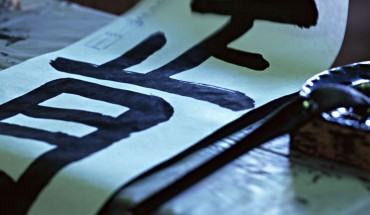I just found this very interesting letter by Hans Gruber in the Asian Tribune (June 8, 2007) regarding a controversy around the Venerable Nyanatiloka Mahathera. The observation made by Gruber in the following few lines are very notable. I think he really has a point here:
Bhikkhu Nyanatiloka is one of the clearest and most influential representatives of Western Theravada. He has founded the tradition to which e. g. Bhikkhu Bodhi belongs to whom we are indebted for his comprehensive modern English translations of the Buddha’s suttas from the Pali Canon. Before his translations these most authoritative sources for the Buddha’s words weren`t well accessible, except in the form of old and dry translations of the Pali Text Society or the works of German syncretistic thinkers like Karl Eugen Neumann. He leaned more towards Christianity than towards Buddhism, as his translation clearly shows.
The more popular Buddhism becomes in the West the more there arises a certain competition between these in many ways different principal traditions of Buddhism, namely of Mahayana and Theravada. The unprecedented features of Buddhism in the West are that here 1) all major Asian Buddhist traditions come together and that 2) Buddhism encounters in Christianity the most powerful and most missionary world religion. These backgrounds sometimes bring about a certain discrediting or misinterpreting of the Early Buddhist tradition which is not well compatible with Christianity or Monotheism in general and also not with some Mahayana teachings.
Certain forms of Western Theravada, especially the popular mindfulness practice tradition of Vipassana, are a growing thorn in the eye of some Western Mahayanists.For Vipassana with its strong integration of lay-people into the full path of liberation and as a strong practice tradition based on the earliest collections of the Buddha’s teachings is so to say the “Great Vehicle” (Maha-Yana) of Theravada. [link]
Modern Theravada with its strong regained (after 2500 BE) foundation in deep meditation (formerly only associated with Zen and Chan) but at the same time its clear reference and affinity to the Buddha’s own words makes it very compelling to a Western (scientifically) educated population.
However, one remark shows his German disconnect with anything prior WWII: Someone who studies Karl Eugen Neumann (1865-1915) more closely knows that he was probably one of the first Buddhists in Europe. He was keeping the precepts, took refuge and followed the Uposatha day. His amazing translation (laying in many regards the foundation for many other translators, including Ven. Nyanatilokas and Bhikkhu Bodhi’s) had a very artistic touch and his firm believe was that the 99% of his fellow German Christians might best understand Buddhism if he used Christian language from medieval Mysticism and Schopenhauer’s technical terms to make the Buddhist concepts more understandable for his time. However, unlike Ven. Nyanatiloka who tended to translate closer to the commentaries, Neumann did translate terms like nama-rupa closer to their original meaning (less materialistic!) probably because of this good grasp on Schopenhauer’s and Kant’s work.
The great influence Neumann’s monumental translations had on Hermann Hesse, Bernhard Shaw, Albert Schweizer, Thomas Mann, Romain Rolland, C.G. Jung etc. etc. are a testimony to their impact on contemporary culture in general.


